The components of a typical building are
- Foundation
- Plinth beam
- Damp proof course
- Floor
- Column
- Wall
- Lintel
- Doors
- Windows
- Ventilators
- Beam
- Roof
- Stairs
- Parapet wall
- Plastering
- Painting
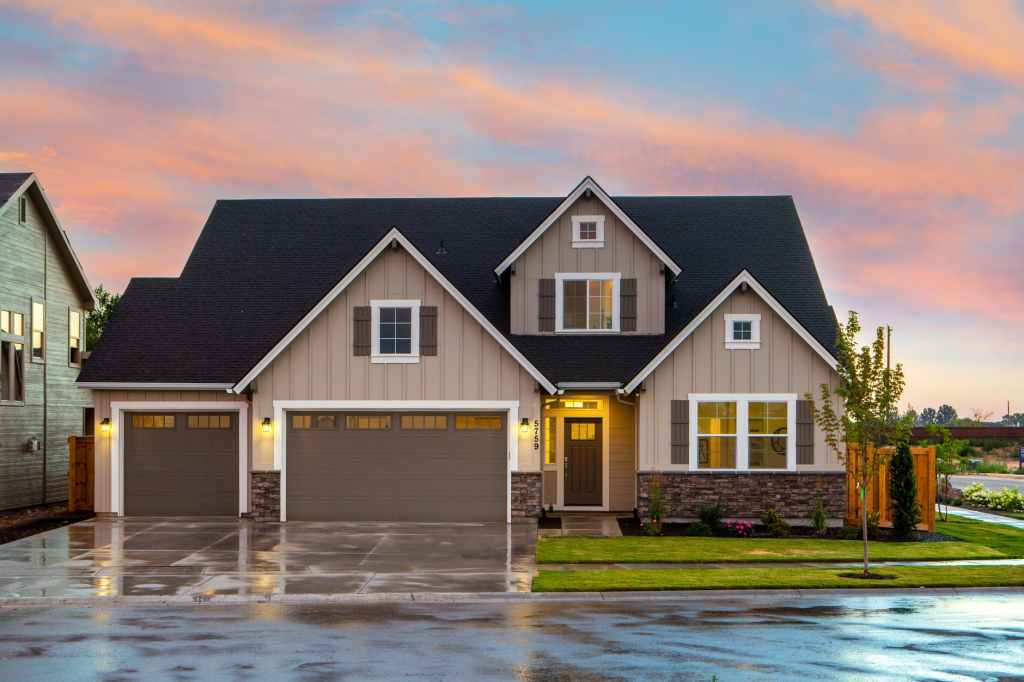
1. Foundation
The lower portion of the building, which is located below the ground/soil, is called the foundation. Foundation, which is in direct contact with the ground in-depth, transmit loads of the super-structure to the supporting soil. The construction below ground level are referred to as sub-structures. Floors below ground level are called the basement which also comes under sub-structure. However, the Padstone foundation is always over ground and normally found in the hill area.

2. Plinth beam
The plinth beam is a beam in a framed structure provided at or above (sometimes below) ground level that takes the load of the wall built on top of it. Most other beams are subjected to loads not only from walls but also from the load from the slab, such as dead loads (self-weight of the slab, floor finish, etc.) and live load.

3. Damp proof course
A damp-proof course (DPC) is a barrier through the structure by capillary action such as through a phenomenon known as rising damp. Rising damp is the effect of water rising from the ground into the property. The damp proof course may be horizontal or vertical. Damp proofing in construction is a type of moisture control applied to building walls and floors to prevent moisture from passing into the interior space. A DPC layer is usually laid below all masonry walls regardless of whether the wall is a load-bearing wall or a partition wall. For DPC above ground level with wall thickness generally not exceeding 40cm, any one of the types of materials mentioned below may be used. Cement concrete is however commonly adopted material for DPC at plinth level, 38 to 50mm thick layer of cement concrete M15 (1:2:4 mix) serves the purpose under normal conditions.
An effective damp proofing material should have the following properties
- It should be impervious.
- It should be strong and durable and should be capable of withstanding both dead as well as live loads without damage.
- It should be dimensionally stable.
- It should be free from deliquescent salts like sulfates, chlorides, and nitrates.
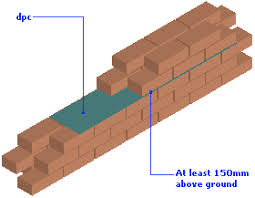
4. Floor
A floor is the walking surface of a room. The levels of a building are often referred to as floors although a more proper term is storey or story. Floors typically consist of a subfloor for support and a floor covering used to give a good walking surface.

5. Column
A column or pillar is a vertical structural element that takes the load of beam, slab etc. and transfers the load to the earth independently. Columns are frequently used to support beams or arches on which the upper parts of walls or ceilings rest.

6. Wall
Walls are the vertical elements and fundamental part of the superstructure of a building which enclose the space within it and which may also divide that space. A wall is a structure that defines an area, carries a load, provides shelter and security. There are many kinds of walls: external walls, internal walls, partition walls, defensive walls in fortification, retaining walls, boundary walls, load-bearing walls, non-load-bearing walls, curtain walls, etc
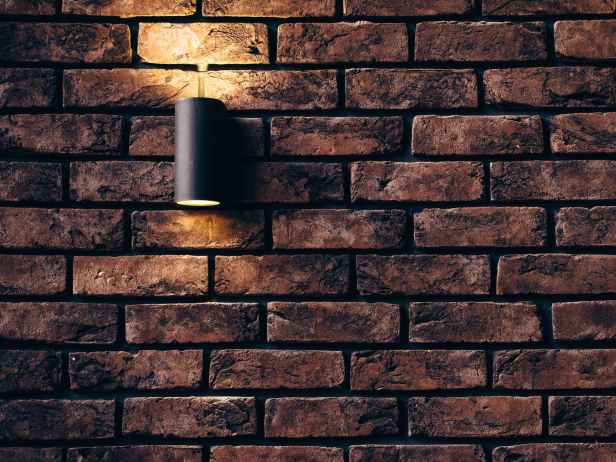
7. Lintel
A structural horizontal block that spans the space or opening between two vertical supports and serves to carry the weight of the wall above it. A lintel can be a load-bearing building component, a decorative architectural element, a combined ornamented structural item. It is often found over portals, doors, windows & fireplaces. Basically a lintel is a horizontal supporting member, installed above an opening such as a window or a door.
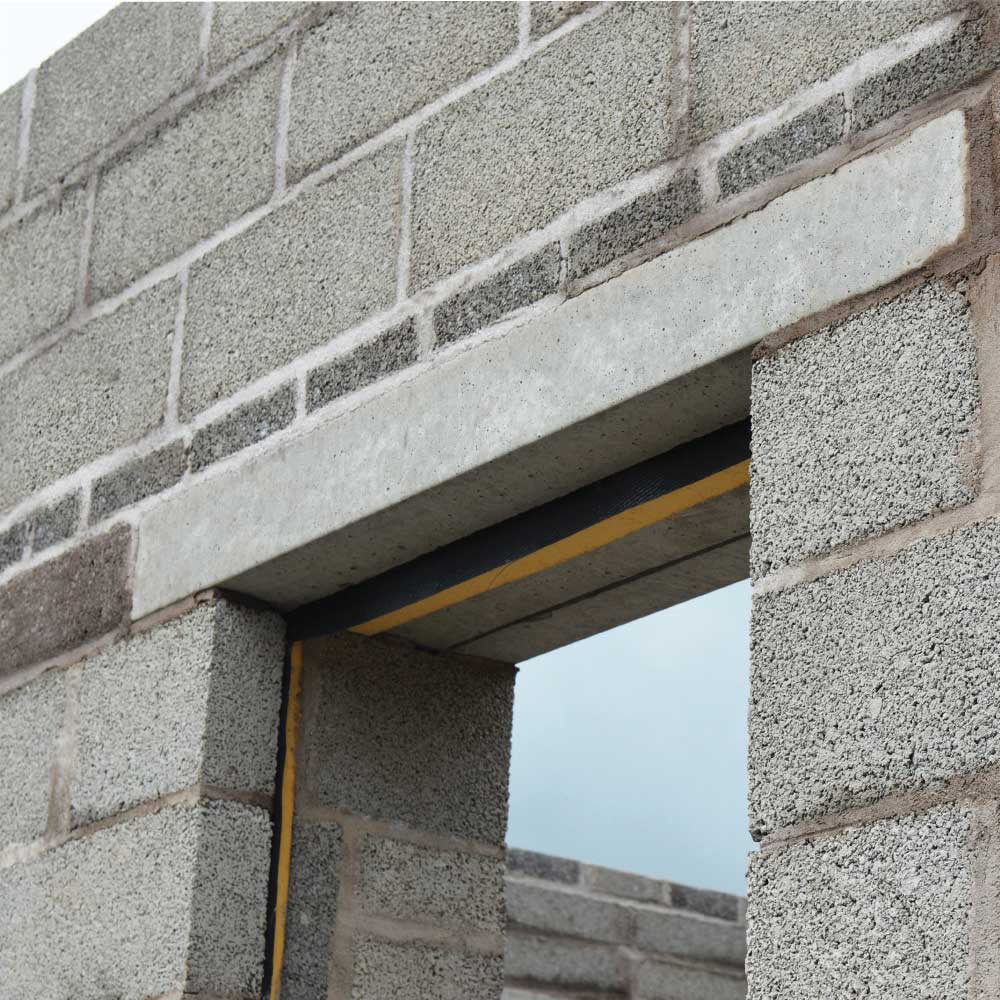
8. Doors
An openable barrier secured in an opening left in a wall for ingress and egress to/from the structure. It consists of two parts, namely, frame and shutter. The door shutter is held in position by the door frame which in turn is fixed in the opening of the wall by some suitable means.

9. Windows
An opening especially in the wall of a building for the admission of light and air. It also basically consists of two parts, namely frame and shutter. The window shutter is also held in position by the door frame which in turn is fixed in the opening of the wall by some suitable means. Generally the window bottom shall have sill.
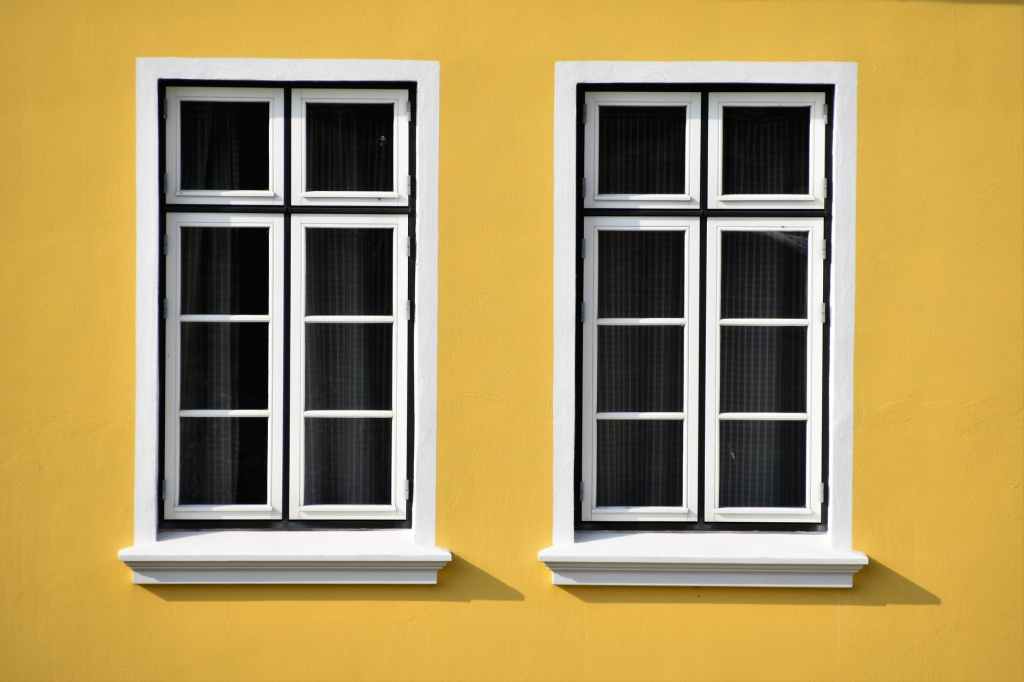
10. Ventilators
An opening or aperture smaller than the window, in the wall, and above lintel level for ventilating a room or other space.

11. Beam
A beam is a horizontal or inclined structural element/member spanning a distance between one or more supports, and carrying vertical loads across (transverse to) its longitudinal axis that is capable of withstanding load primarily by resisting against bending. A beam is a laterally loaded member, whose cross-sectional dimensions are small as compared to its length.
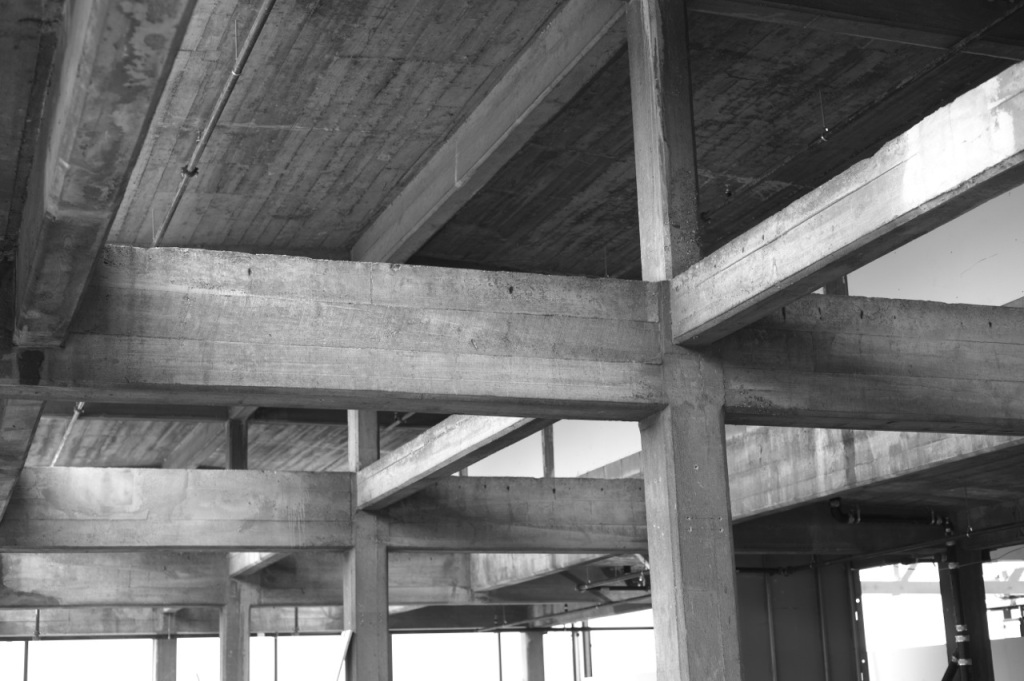
12. Roof
A roof is part of the building envelope. It is the covering on the uppermost part of a building or shelter which protects from weather, notably rain, snow, heat, wind, and sunlight. The characteristics of a roof are dependent upon the purpose of the building that it covers, the available roofing materials, and the local traditions of construction and wider concepts of architectural design and practice and may also be governed by local or national legislation. A roof may also provide additional usable space, for roof/terrace garden, installation of the water tank, solar panel/ heater, etc. The roof can be a flat roof or slope roof.
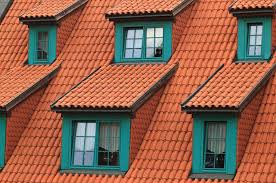
13. Stairs
A staircase/stairway is a construction designed to bridge a large vertical distance by dividing it into smaller vertical distances, called steps. Stairs may be straight, round, spiral, dog-legged, or may consist of two or more straight pieces connected at angles. In buildings, stair is a term applied to a complete flight of steps between two floors. A stair flight is a run of stairs or steps between landings. A staircase or stairway is one or more flights of stairs leading from one floor to another and includes landings, newel posts, handrails, balustrades, and additional parts. A stairwell is a compartment /shaft extending vertically through a building in which stairs are placed.

14. Parapet wall
The parapet is a barrier at the edge of a roof, terrace, balcony, walkway, or other structure.
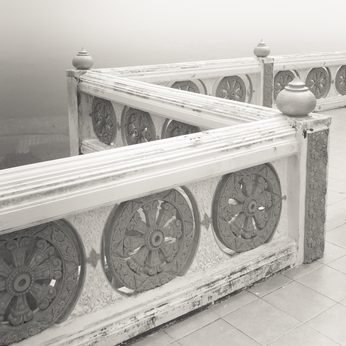
15. Plastering
Plasterwork is construction done with plaster, such as a layer of plaster on an interior or exterior wall structure, or plaster decorative moldings on ceilings or walls. This is also sometimes called pargeting. The process of creating plasterwork, called plastering or rendering, has been used in building construction for centuries.
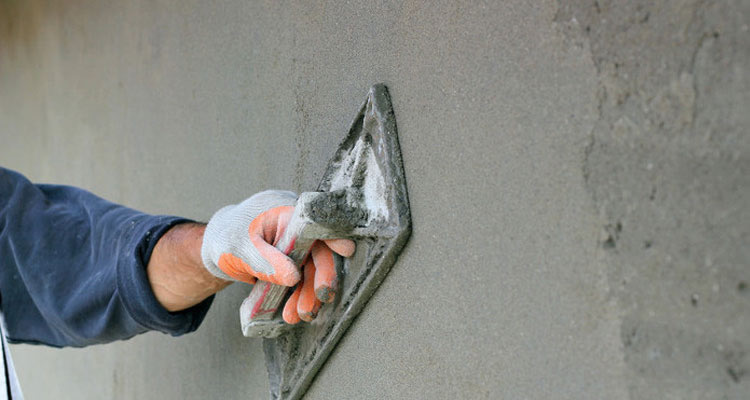
16. Painting
External painting is the outermost layer of protection, which protects the structure from weathering. Internal painting is the layers given on internal faces. They give durability and a pleasing appearance to the inside.

We, at Civil Synergy hope you had a wonderful experience reading our content. Please share it with your friends and colleagues.
Check out some of the other content posted by Civil Synergy Team.

